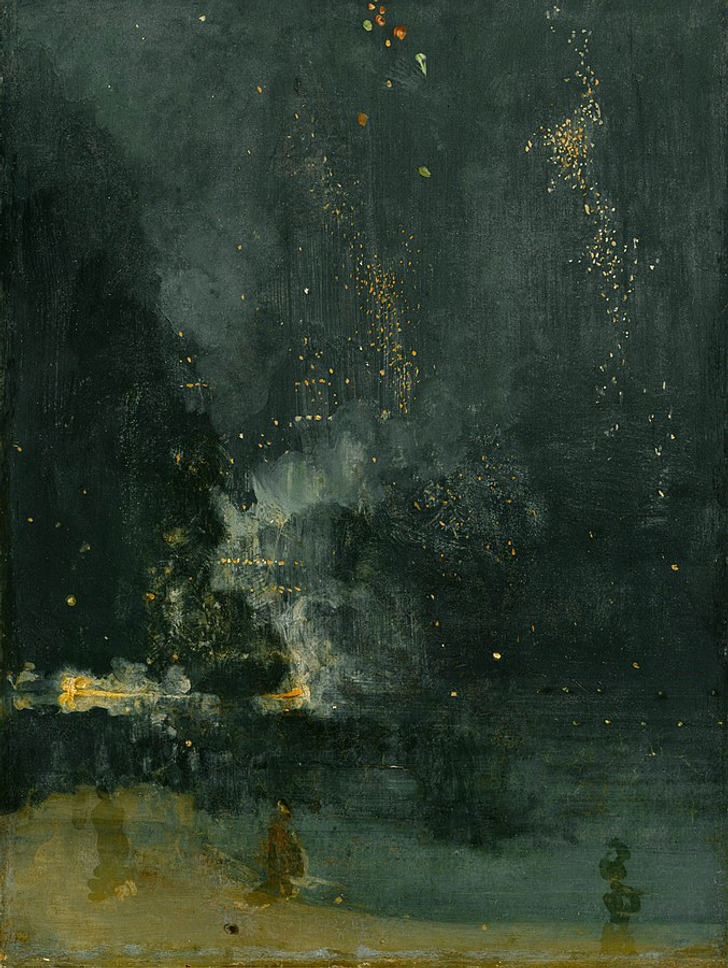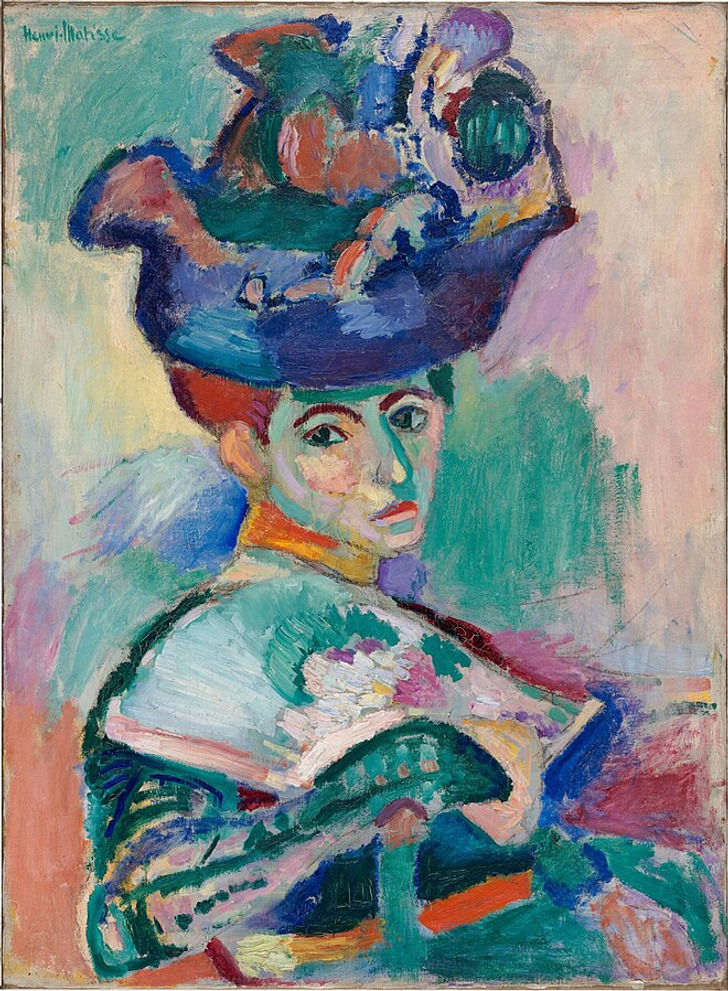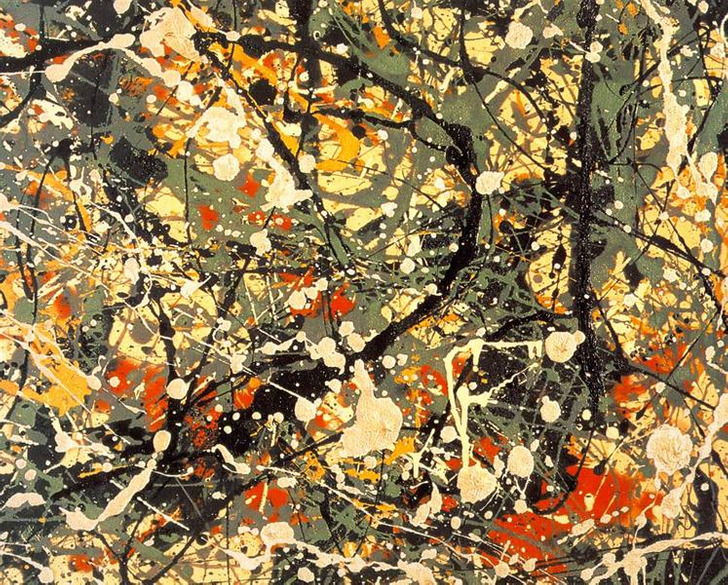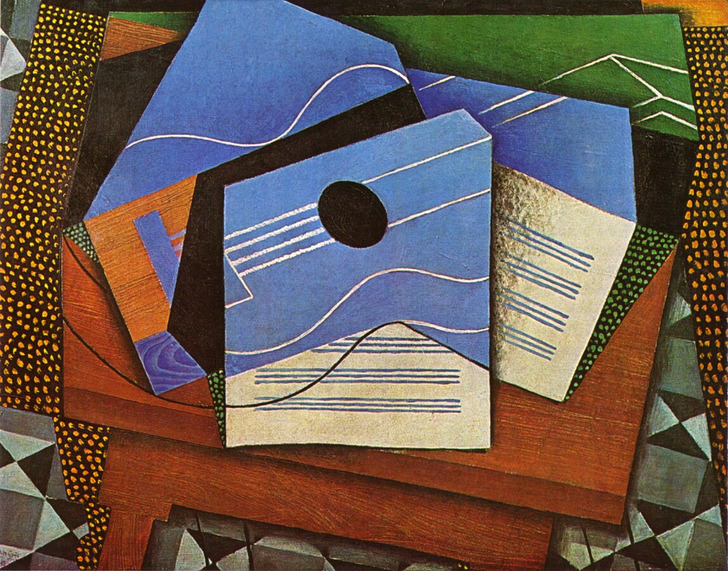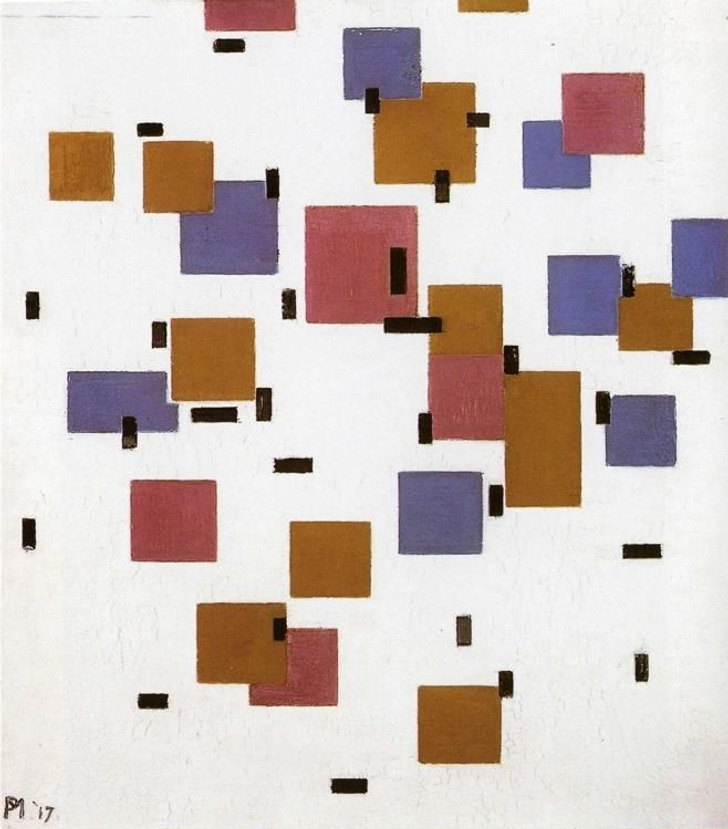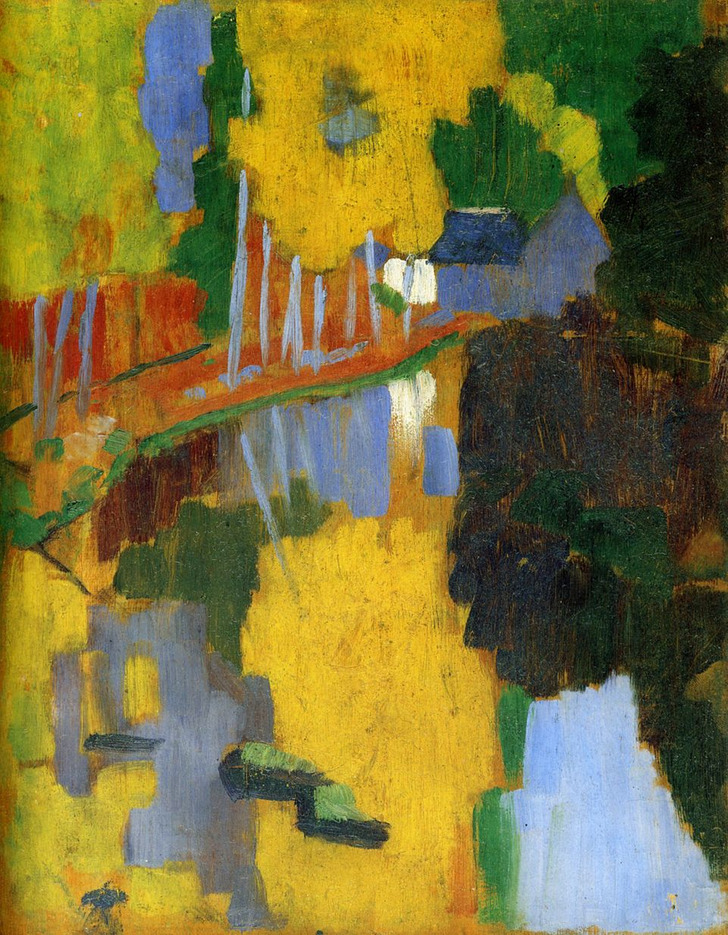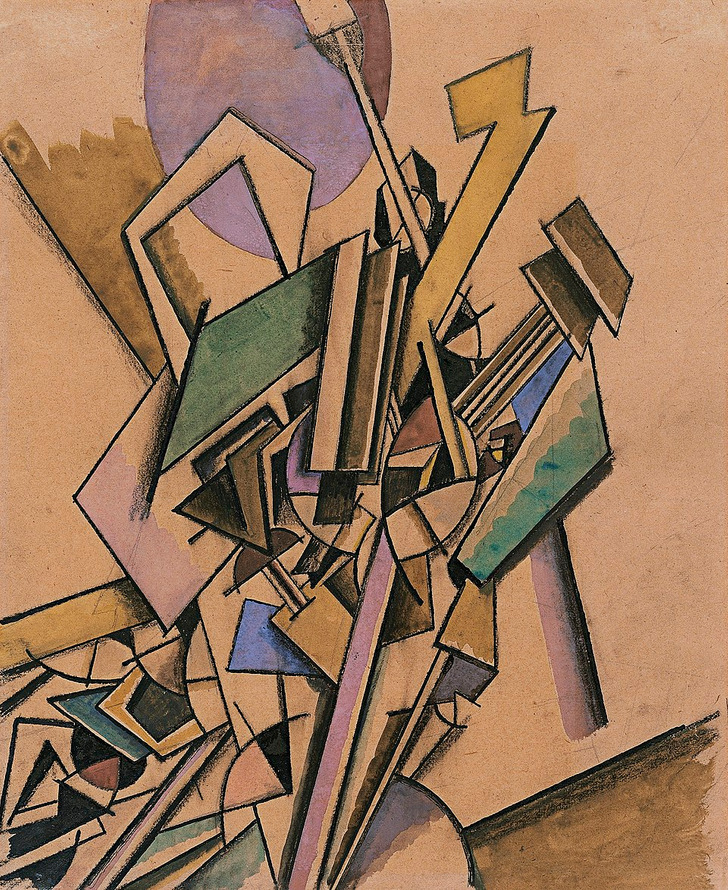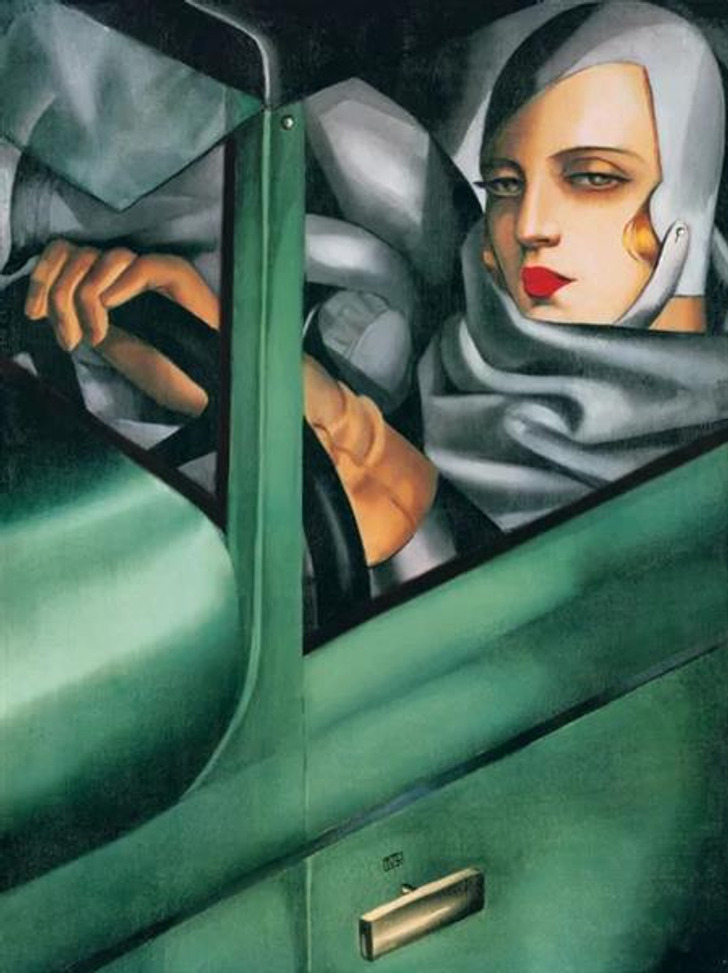I think, I can never earn over which I paid by my precedent employer, but I was wrong, world is so large to try their fate. but now I am making $52/h even more,and easily earn minimum $1300/week, on the experience everyone must try to do work online, easy way to earn, here's an example.
𝐰𝐰𝐰.Richnow1
10+ Key Features of Modern Art Movements That Can Help You Determine a Painting’s Style

Cubism, impressionism, expressionism and... Is there anything else? Many artistic currents did not achieve such renown, but were undoubtedly central to the development of 20th-century avant-garde art. Movements such as Fauvism, Tonalism, and Rayonism left their mark on art history and deserve special recognition. Here is a selection of the movements and painters that were part of the art scene and contributed to creating a unique vision of reality through their works.
1. Orphism
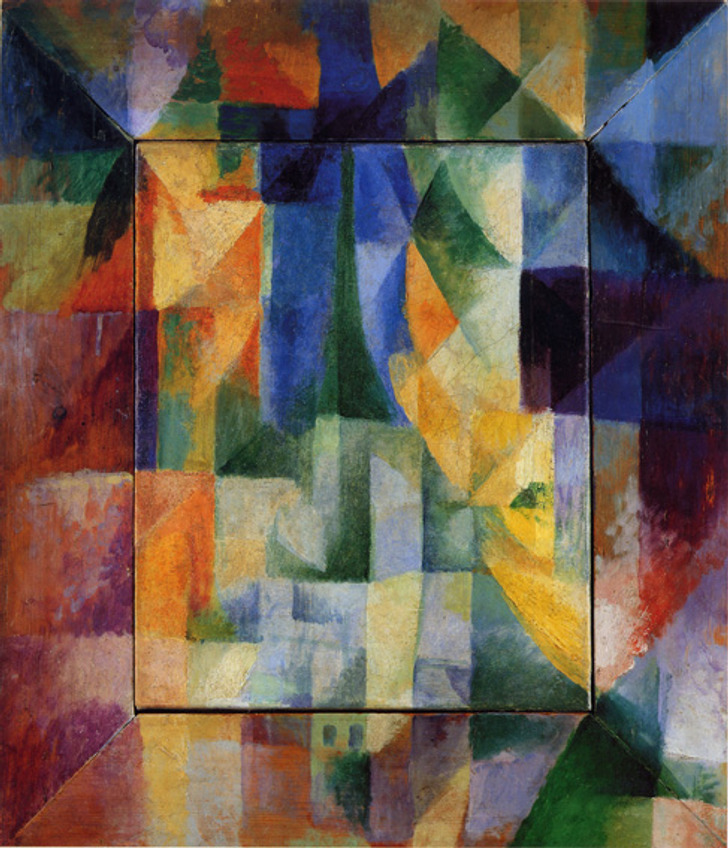
Orphism is a trend in abstract art that grew out of Cubism and whose leading figure was the painter Robert Delaunay. Its name derives from the famous French poet Guillaume Apollinaire, who considered that the style of Delaunay’s paintings was characterized by having “musical qualities”.
Orphist painters arranged the range of colors as if it were a musical composition. This is why Apollinaire was inspired by Orpheus, a Greek mythological figure who was a poet and singer, to claim the movement in 1912.
It was one of the first to focus on non-figurative art, prioritizing color and abstraction over form and attempting to reflect movement and energy. It sought to go beyond concrete reality to reflect simultaneity and change. In addition to Delaunay, some other pioneers were his wife, Sonia Delaunay, Francis Picabia, and František Kupka.
2. Lyrical abstraction
Lyrical abstraction was an artistic movement that had its heyday in the 1940s and 1950s in Europe. It emerged in France as a response to the geometric rigidity of Cubism and Constructivism. In contrast, lyrical abstraction made use of vibrant colors and fluid brushstrokes that attempted to reflect feelings rather than the concrete reality that surrounded the artists.
It inspired other movements such as Rayonism and contributed to the development of Abstract Expressionism, which is still very present in contemporary art. Some references to this technique include Jean-Paul Riopelle, Nicolas de Staël, Georges Mathieu, and Hans Hartung.
3. Tonalism
Tonalist painters sought to evoke deep emotions and suggest cosmic harmonies through the tone and forms they used in their paintings. Like the Orphists, they were inspired by sound composition to emulate musicality. For them, color, line, and form were essential in their artistic practice, as they were vectors of a specific symbolism.
They preferred cold palettes and nocturnal scenes, where dark or misty atmospheres were recreated, where the elements were not perceptible at first sight, and the viewers would have to “discover” them. The most renowned Tonalist painters are James Whistler, George Inness, and Edward Steichen.
4. Fauvism
Fauvism is an avant-garde artistic movement in which color plays a prominent role. Originating in Paris in 1905, its name derives from the French word for “wild beast”, and it was originally a group of Symbolist painters with common interests, including Henri Matisse, André Derain, Albert Marquet, and Georges Rouault.
The use of intense color to define spaces and to convey the artist’s mood is the main characteristic of this movement, which attempts to represent the flow of creative instinct as “wild”, uncontainable, and far removed from the influence of civilization. The name of the movement is attributed to the critic Louis Vauxcelles, who, after visiting the exhibition at the Salon d’Automne in Paris, noted: “Donatello parmi les fauves” (“Donatello among the beasts”).
5. Abstract Expressionism
Influenced by Surrealism, Abstract Expressionism is an artistic movement developed in the United States in the 1940s and 1950s. Its approach consisted of representing abstract forms on canvas, but it also wanted to draw attention to the artistic process and the way in which the painting was done: the artist would throw paint on the canvas or use various techniques to show the materiality of the painting, such as the dripping in Jackson Pollock’s works.
For this reason, they are also known as “gesturalists”, as the artist was considered to have his own “fingerprint” which should be present in the work. This movement also included painters such as Hans Kline, Helen Frankenthaler, and Mark Rothko.
6. Purism
Far from superfluous ornaments and decorations, Purism attempted to purify the image and prioritized the relationship between angles and geometric forms. The important thing in the paintings was not their meaning, but to draw the viewer’s attention to the form, color, and structure, and to how they were perceived by the artist.
It emerged in 1918 in France as a response to Cubism, which became famous for deconstructing forms and figures, and its major representatives were Le Corbusier (also a famous architect), Juan Gris, and Amédée Ozenfant.
7. Neoplasticism
Also known as “Dutch Constructivism” (or De Stijl), Neo-Plasticism (1917-1931) sought a new vision of the visual arts. This was to be achieved through a process of progressive abstraction, in which line and color would predominate and forms would have no depth or figurative reference.
For the Neo-Plasticists, art was already present in life: imitating reality would make no sense, so they would explore geometric abstraction at its most expressive through straight lines, squares, and rectangles. Piet Mondrian is perhaps the most renowned painter of this movement, along with Bart van der Leck and Theo van Doesburg.
8. Synthetism
“Synthetism” is a term coined in 1877 by a group of painters such as Paul Gauguin, Paul Sérusier, and Émile Bernard to distinguish their style of painting from the Impressionist style, which is why they were also known, along with other artists, as “Post-Impressionists”. The main characteristic of their works would be the “synthesis” of color and form, no longer for the image to imitate reality, but to express deeper meanings.
The key was to reflect the artist’s point of view, rather than the surrounding reality. To this end, they used full, strong colors and limited detail and depth in their depictions.
9. Vorticism
Vorticism is the first avant-garde movement in England, which emerged between 1913 and 1915. It appeared on the art scene as a response to the increasing industrialization of the early 20th century and attempted to reflect the chaos and energy of modern life. The works reflected moving diagonals, in contrast to fixed points of space, with strong lines and geometric forms. Its name derives from the word “vortex” since, according to the painter Wyndham Lewis, it was in this space that artistic creation took place: “At the heart of a vortex is a silent space where all the energy is concentrated”.
Although it was a movement that lasted only a few years, it was able to leave its mark on modern design, especially graphic design. In addition to Wyndham Lewis, Jacob Epstein was another of Vorticism’s leading artists.
10. Synchromism
Stanton Macdonald-Wright and Morgan Russell founded synchromism in 1912 in the United States, where it remained until 1924. They intended to create harmony in pictorial works through form and color, in a similar way to musical compositions.
According to the artists, the use of color could evoke sensations of sound, and their exploration of tonalities was similar to that of musical notes, which generated emotion without a direct representation of sound. Synchromism influenced later artistic movements, in which color was considered the primary means of pictorial expression.
11. Art Déco painting
The Art Déco style originated in Paris, but quickly spread across the European continent and even crossed the Atlantic to the United States. It encompassed various artistic disciplines in the period between 1910 and 1940: graphic design, pictorial art, and even architecture. In painting, it stood out for its symmetry, the use of the straight line, and the zigzag.
The central idea was to bring artistic touches to everyday objects and figures, which separated it from other artistic avant-gardes, which were anti-traditional. Some of its most famous references are Tamara de Lempicka, Romain de Tirtoff (Erté), and A.M. Cassandre.
These avant-garde movements helped forge the artistic identity of the last century, and while some ended up as footnotes in art history books, their legacy lives on in today’s artistic currents. What well-known paintings can be related to these styles? Which of the painters mentioned above did you find most inspiring?
Comments
Related Reads
15 cute and unique creations you won’t resist adding to your cart

13 People Who Definitely Won’t Ever Lend Anyone Money Again

18 Rich People Who Lost It All and Had to Find a Way to Make Ends Meet
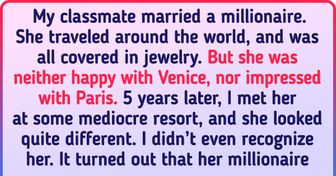
12 Disturbing Secrets That People Uncovered About a Loved One

10 Nannies Whose True Stories Could Inspire a Thriller Movie Plot

I Forced My Stepdaughter to Share All Passwords to Her Social Accounts, My House, My Rules

15 Fitting Room Stories That Can Make You See Shopping in a Whole New Light

17 Times a Good Deed Went Hilariously Wrong

14 People Who Walked Straight Into Awkward Moments

I Asked for Paid Days Off — My Stone-Age Boss Made It a Scandal, and HR Stepped In

14 Real Stories Where Quiet Kindness Changed Lives

I Absolutely Refuse to Tolerate My DIL’s Laziness, My Son Deserves a Wife, Not a Freeloader


